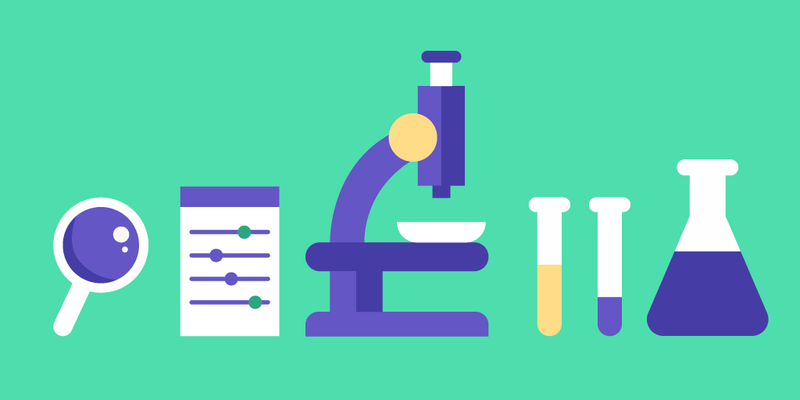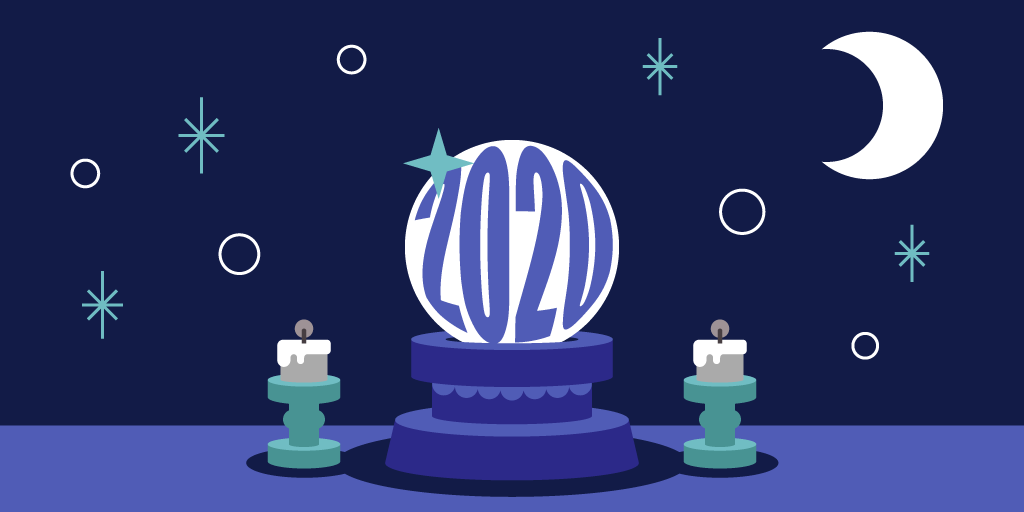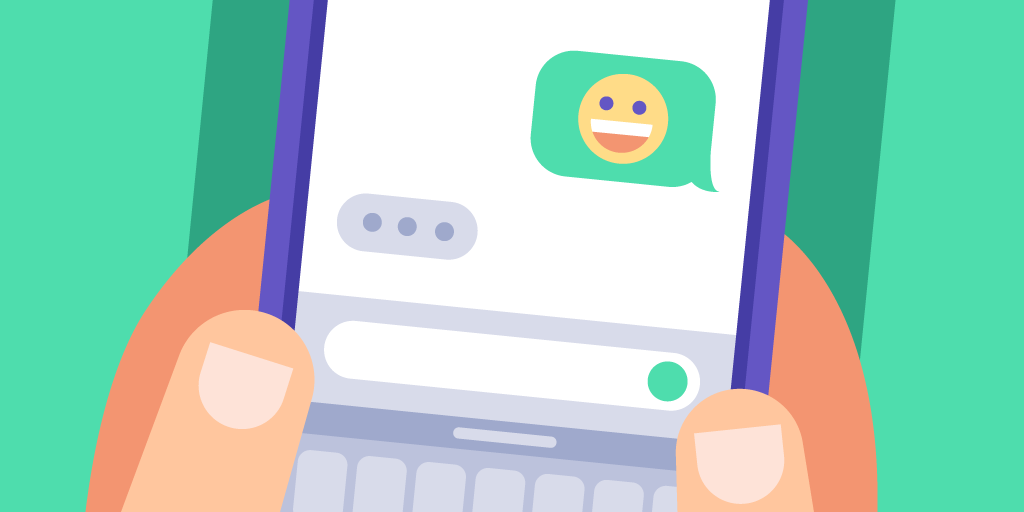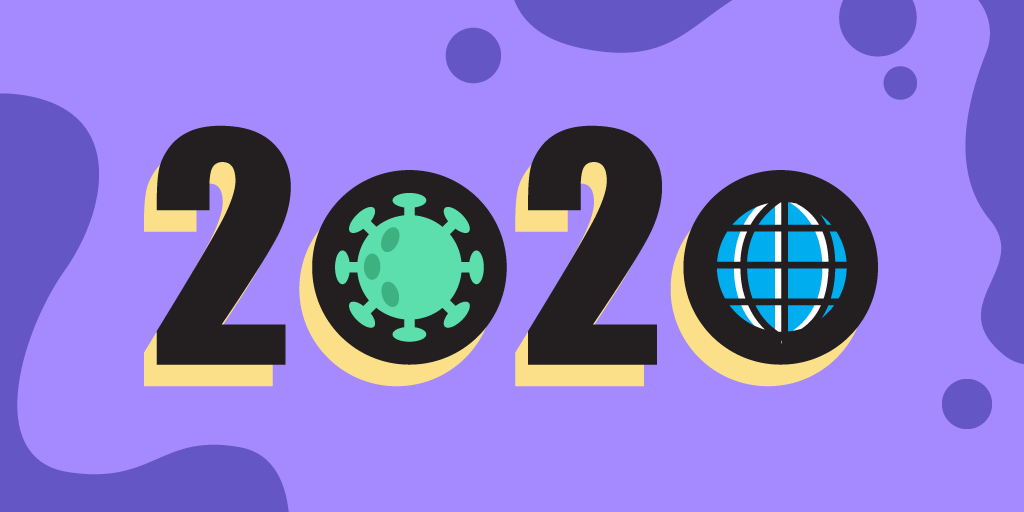Despite the fact that waiting for service is a frequent phenomenon, consumer researchers have given it little attention.
Even though we know that consumers’ waiting experiences tend to affect their overall evaluation of the service encounter, we rarely ask why.
Today we’re going to look at several academic researches employing a multi-method approach (both empirical and simulation methods) to analyze how checkout lines affect consumer behavior.
Your satisfaction is tied to being ahead of people in a queue
The first study we’re going to look at is Consumers’ Waiting in Queues: The Role of First-Order and Second-Order Justice, by R. Zhou and D. Soman.
The authors postulate that queues are social in nature. They are a social system, with its own set of norms, rules and expectations.
Violations of said rules are considered the matter of fairness and social justice and trigger the appropriate responses from other queuers: anger, aggression, physical altercation, etc.
But what makes queues “fair”, exactly? It’s mostly about their conformity to the first-come-first-served model of service (sometimes referred to as first-in-first-out, or FIFO).
FIFO works exactly as the name implies: people who join the queue earlier expect to be served sooner than those who joined after. It is the most reliable model when it comes to queue fairness, as:
Its rules are simple to follow.
All potential violations are observable.
A common violation in the FIFO model is queue-jumping, when a person cuts in line ahead of the people who have joined the queue earlier.
Being ahead is key to satisfaction when queueing. People closer to a service agent are more satisfied with service and waiting than those further away.
It is understandable how one can be upset at more people standing ahead of him in a queue. Surprisingly, how many people stand behind you is an equally important factor.
Upon seeing a large number of people behind, queuers tend to be in a more positive affective state and are more likely to stay in the queue.
However, when “queuers become aware that they have waited a longer period than those behind, they are less satisfied”.
As a result, the duration of wait of those behind you affects your satisfaction with the waiting experience, as well as your decision-making.
See? Waiting dynamics have a big social aspect to them.
The takeaway
A digital waitlist which shows a sequential order of shoppers currently in line can help reduce the anxiety of waiting. Knowing exactly where you stand in a queue, how many people are ahead of you and behind you, and how much you are estimated to wait is part of a seamless waiting experience.
People who wait for longer dine shorter
Next, we’re going to look at the restaurant industry via the lens of Professor Debjit Roy, with his study Worth the Wait? How Restaurant Waiting Time Influences Customer Behavior and Revenue.
Restaurants operate in a tough and competitive environment where each customer visit and customer experience count towards profits and long-term business sustainability.
In the US, the average wait before being seated at a restaurant is 23 minutes. This extends to more than an hour for popular food places.
Overall, some estimate that the time spent in lines adds up to 37 billion hours per year in the United States alone. That’s more than four million years, every year.
(Yep, try to wrap your head around that.)
What makes managing restaurants so hard is the delicate balance of:
Demand: number and size of customer groups, their arrival patterns, peak dining times.
Supply: number of tables, seating capacity, availability of chefs and ingredients.
As we’ve outlined in What Are You Waiting For: The Queuing Theory in Practice, queues are by nature the product of the mismatch between supply and demand.
Whenever a restaurant’s capacity is exceeded, you get long customer queues.
Professor Roy underscores that, despite some people seeing the queues as a “reflection of a restaurant’s popularity in terms of cuisine or ambience”, for others it is a signal of poor operational practices.
As a result, customers who experience longer waiting times at restaurants are more likely to walk away. If they don’t, they at the very least dine shorter and, more crucially, the time until they return to the restaurant increases.
In other words, long wait times “eat into” your willingness to dine.
As such, seeing a long queue of customers on a particular day does not necessarily have positive long-term implications for the restaurant. It is up to customers to decide whether the service was worth the wait.
Depending on the type of a restaurant, this can have a varying impact. For example, a restaurant at a touristic location does not expect returning customers, anyway.
On the other hand, touristic locations are also known for a wide array of options available. People not returning to your business is one thing, but people opting for your competitor in the first place is another.
The opposite is true for a local restaurant, which is more dependent on repeat customers. Competition may be lower, but expectations are that much higher.
The takeaway
Professor Roy also noted that the observed restaurant offered a “relatively pleasant” waiting environment, where customers did not have to physically stand in line. He postulates that the consequences of long wait times may even be greater for facilities that do not provide equally positive waiting experiences.
In this day and age, shoppers don’t have to stand in line at all. With web-based sign-in and SMS communication, they can wait out till their turn from the comfort of their homes or cars.
People Who Wait Longer Spend More
In a slight contradiction to the previous point, we’re going to look at the findings of Making the Wait Worthwhile: Experiments on the Effect of Queueing on Consumption by Sezer Ulku, Chris Hydock and Shiliang Cui.
The core finding of this paper is that “customers have the tendency to adjust their consumption upward after a long wait, provided that they do not leave”.
The researchers have observed a negative correlation between “customers' sensitivity to waiting and price sensitivity”, and found evidence that the consumption rate increases linearly with the wait.
In other words, customers who experience a long wait may compensate by consuming cheaper products at a bigger rate.
Let’s put numbers to it. It turns out that for each person in line ahead of a customer, there is a 7-cent increase in the order size.
Which means that a person who waited in a line behind ten other customers is likely to spend an extra 70 cents.
This sounds quite illogical from an economic standpoint, doesn’t it? The authors propose that the reason behind this behavior is the gradual depletion of shoppers’ ability to stop themselves from impulse purchases.
To make up for their considerable temporal investments, shoppers counteract the cost of waiting with a larger order size.
The takeaway
Naturally, what business should take away from this is not that they need to artificially elongate their lines. However, the relationship between waiting and impulse purchasing has long since been documented.
Queue’s fairness is more important than its speediness
Our next paper is Measuring the Effect of Queues on Customer Purchases by Yina Lu, Andrés Musalem, Marcelo Olivares and Ariel Schilkrut.
The main takeaway from this research is that purchase incidence is affected more by the length of the line rather than the speed of the service.
This is a bit more nuanced than that, of course. Customers who are more sensitive to prices are less affected by the length of a queue, even when it increases.
Let’s look at another academic research, Customers' Evaluations of Queues: Three Exploratory Studies by A.Th.H. Pruyn and A. Smidts.
They found that perceived equity and the perceived waiting environment are both an important factor, maybe even more so than objective fairness.
In other words, perceived duration of waiting has a bigger impact on consumer satisfaction than the actual wait time.
During the research, authors experimented with two queuing models — a single-line and a multiple-line model. Customers clearly stated a preference for the former, as they perceived a single queue system to be more fair.
One disadvantage of the single queue model is that it produces a faulty sense of how long a potential customer would have to wait. Thus, it generally leads to more balking customers, i.e. customers deciding not to join a queue upon their arrival to a service location.
Anger and frustration coming from long waiting seems to affect not only the satisfaction with the service but also, again, the perceived friendliness of the service staff.
The paper concludes, “such a halo-effect proves that waiting has more profound consequences for the product than one would expect”.
The takeaway
Another finding from this study is that appointments do not necessarily result in shorter waiting times. As we’ve told times and times again, managing walk-ins is more efficient compared to appointments.
There needs to be a sense of progress
The last paper is The Effects of Queue Structure on Attitudes, by A. Rafaeli, G. Barron and K. Haber.
It also states a few findings of its own on the subject of multiple-line service arrangement: “Waiting in a multiple queue structure is [...] shown to produce a sense of lack of justice, even when no objective inequalities exist.”
What’s more shocking is that despite milti-queue structure’s ability to actually lower wait times, its perceived unfairness is more than enough to leave customers unsatisfied.
The researchers have established one common sentiment among customers in a multiple queue structure — “I always pick the wrong queue”.
This is a known fallacy, where we feel that the other queue moves faster than ours. We call such non-existent relationships between two variables illusory correlation.
In the single queue structure, “arousal was relatively high throughout the wait”, while there was a significant decrease in the multiple queue structure. This is tied to the slow progression of queues and episodic activity inherent to the multiline model.
Lack of activity increases the frustration of waiting.
Digital alternatives to queue management systems minimize this problem. Electronic signage which shows the progress of numbers in a numbered queue was found to offer increased mental activity.
Why is that? Because a sense of active progress toward a goal is crucial.
Even something menial as completing paperwork while waiting for a service transaction has been shown to improve the overall attitude toward the wait and the service.
Oddly enough, the old-timey way of requiring phone callers to select the right service by clicking on a corresponding button has improved the attitudes of customers in telephone waits.
(Not that you should resort to that, mind you.)
The takeaway
As an example of a good waiting environment, the paper’s authors provided our favorite example — the way Disney Corporation engages its visitors in amusement parks.
Queues may exist as a result of natural ebbs and flows in demand, operational inefficiencies, or an inadequate response to an increase in foot traffic.
There still needs to be done a lot more research on waiting dynamics and their effect on consumer behavior.
One thing that’s clear is that the shoppers’ attitude towards queues is changing. Rather than being considered pre-service, queues are now an integral part of customer experience.
Businesses have to take this into account as they are looking for ways to alleviate the common pain points of waiting.


![The Ultimate Retail Holiday Calendar [PDF]](/static/img/cms-blog/52i0UTlNdNsCIsXFpqS9Lg/retail-holiday-calendar-2020.png)



